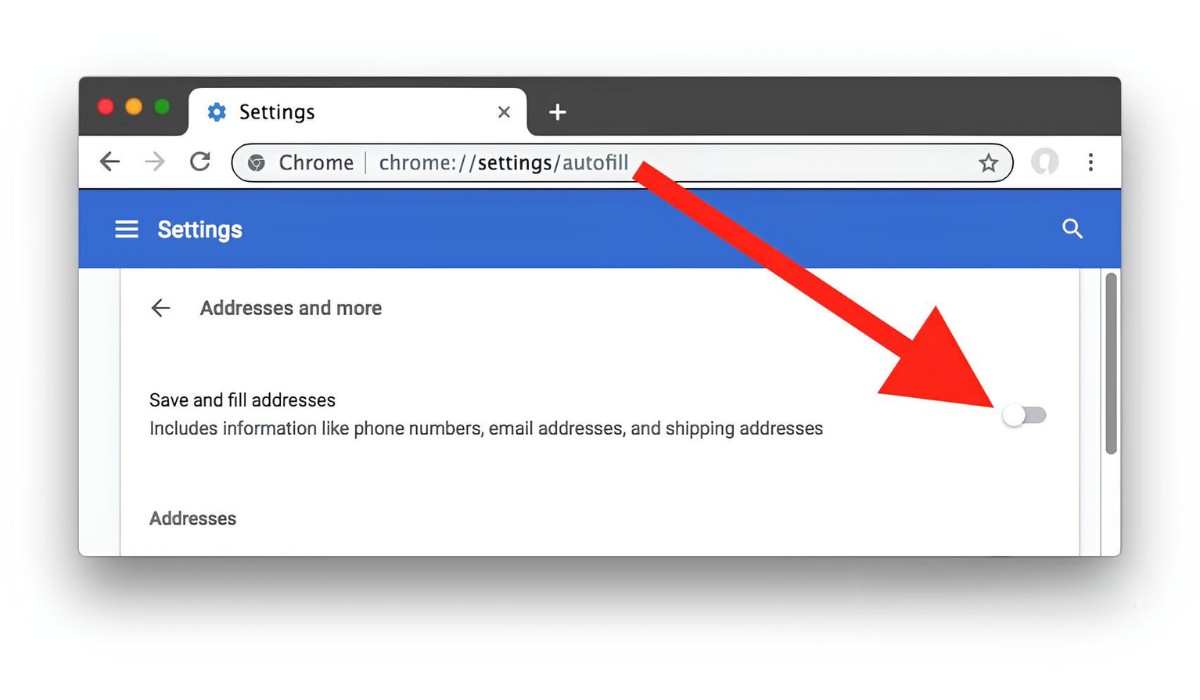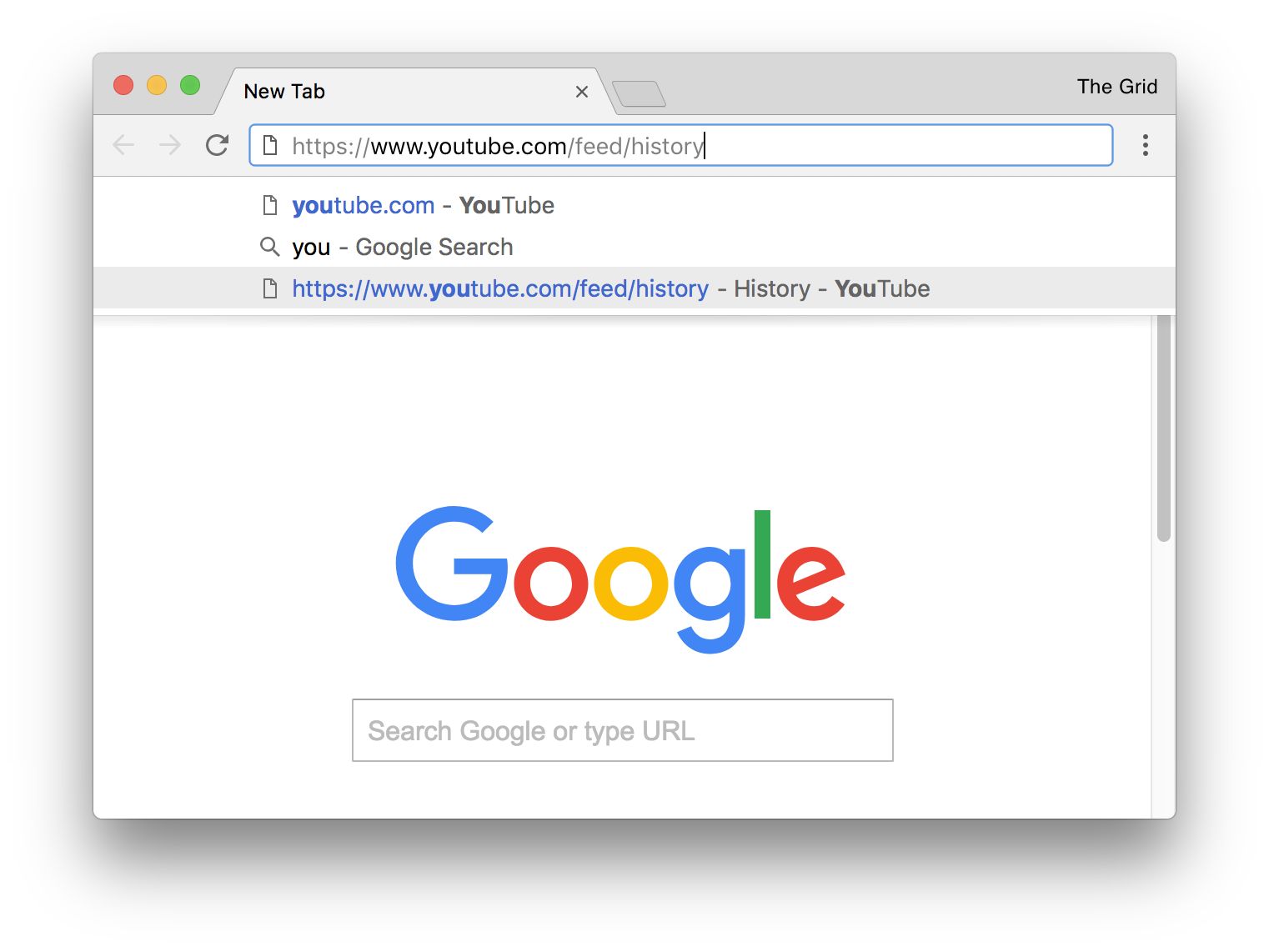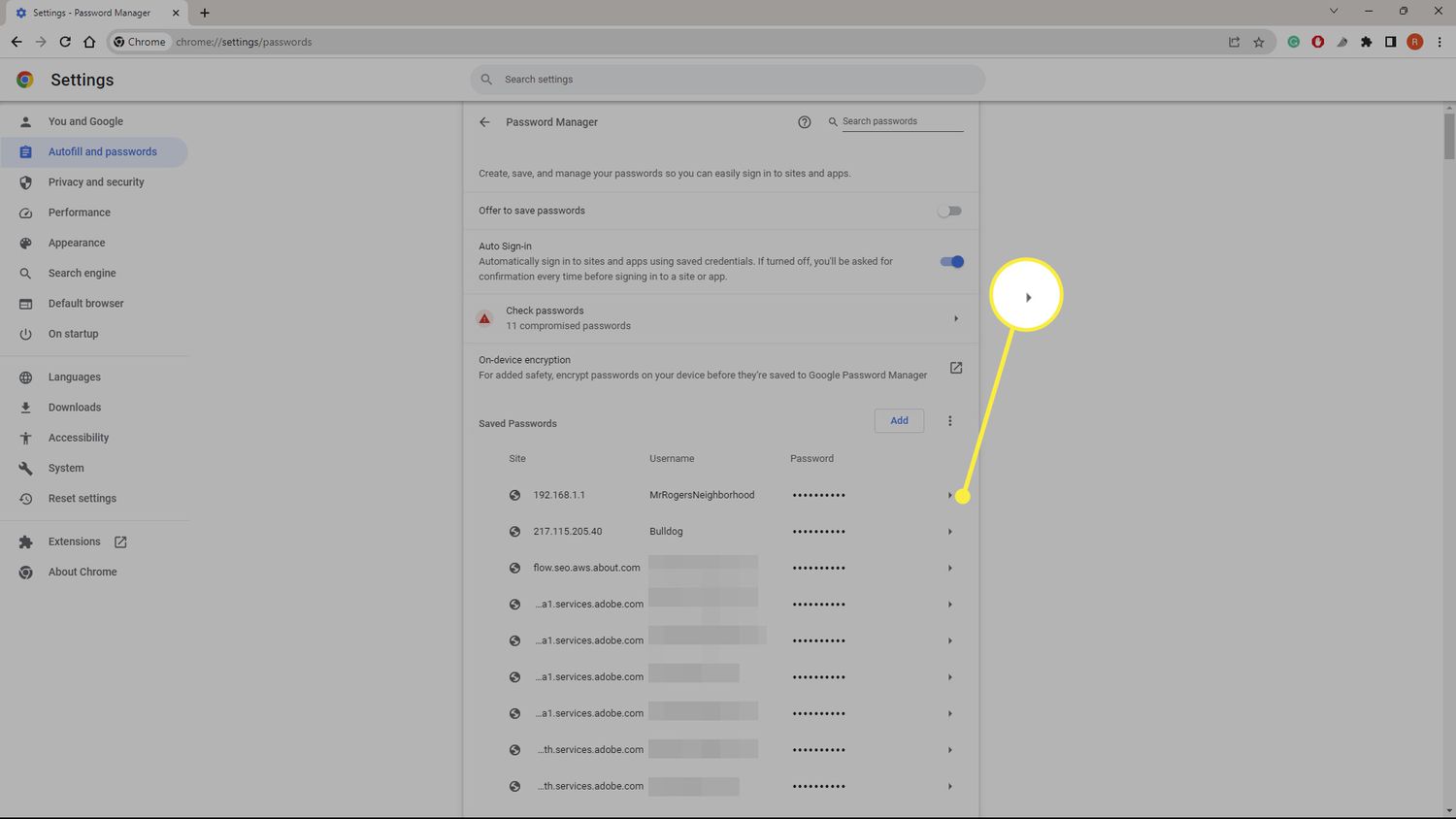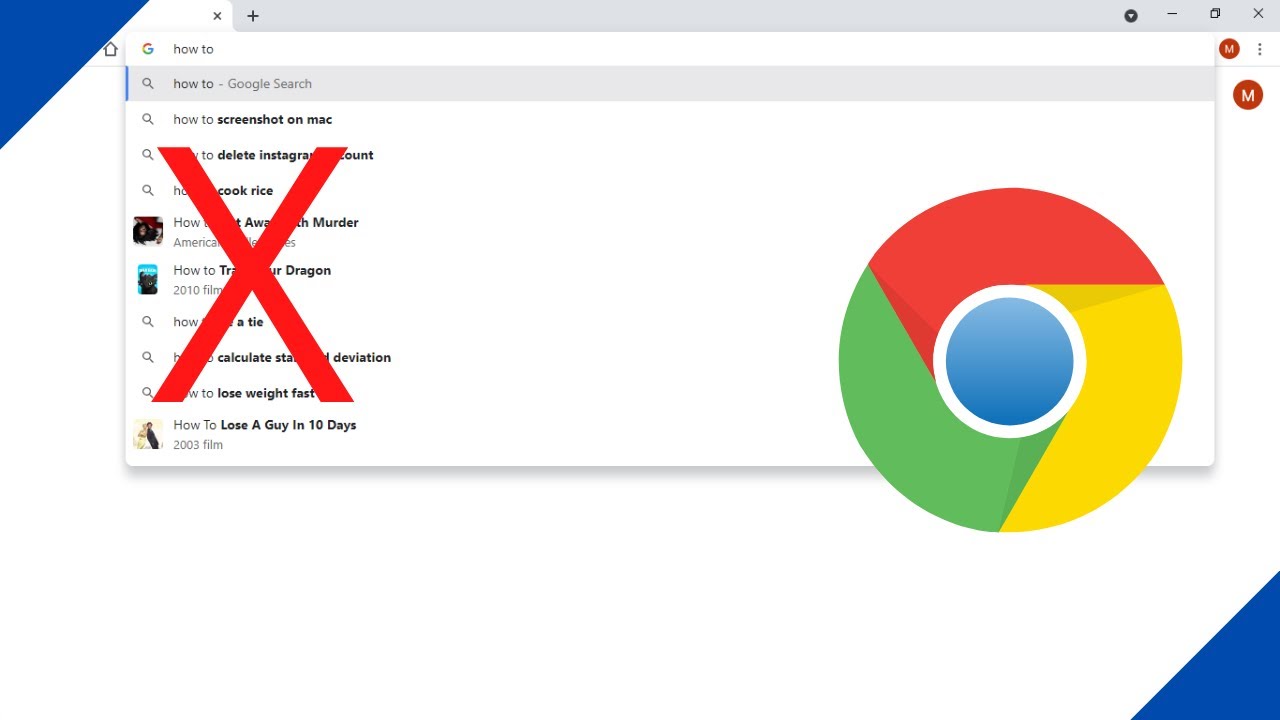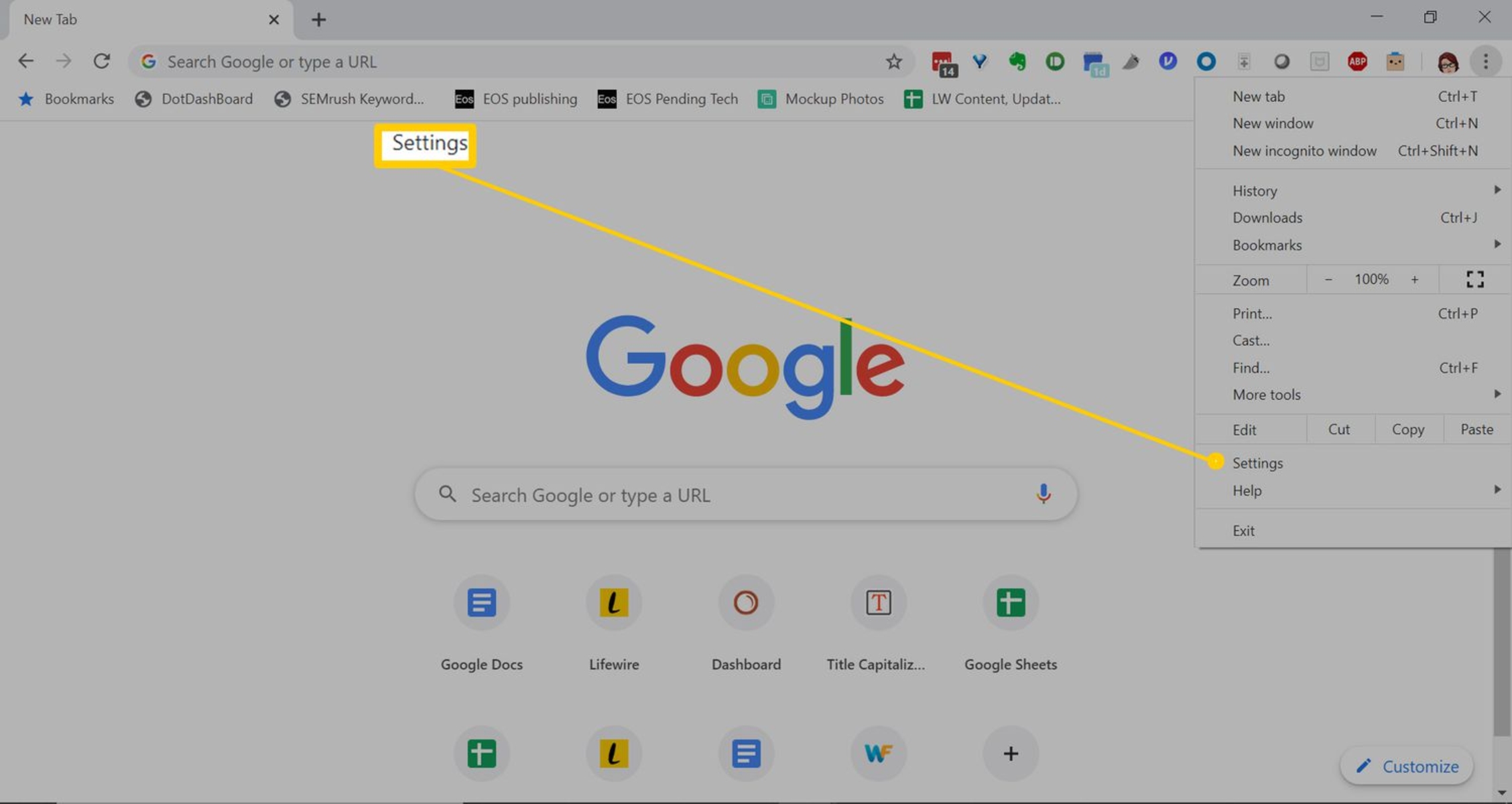Introduction
Chrome, the widely used web browser developed by Google, offers a seamless browsing experience with its intuitive features and user-friendly interface. One such feature is the autocomplete function, which suggests search queries, URLs, and form entries based on the user's browsing history and frequently visited websites. While this feature can be incredibly convenient, there are times when you may want to delete or manage these suggestions for privacy, security, or simply to declutter your browsing experience.
In this article, we will explore the various methods to delete suggestions on Chrome, empowering you to take control of your browsing data and customize your autocomplete and predictive services to suit your preferences. Whether you want to clear specific autocomplete suggestions, manage search engine suggestions, or disable predictive services altogether, we've got you covered.
By understanding how to navigate Chrome's settings and leverage its customization options, you can ensure a personalized and streamlined browsing experience that aligns with your individual needs and preferences. Let's dive into the steps to manage and delete suggestions on Chrome, allowing you to optimize your browsing environment and enhance your overall online experience.
Accessing Chrome Settings
Accessing Chrome settings is the first step towards managing and customizing the autocomplete and predictive services to delete suggestions on Chrome. Chrome provides a user-friendly interface to access and modify these settings, allowing you to tailor your browsing experience according to your preferences.
To access Chrome settings, follow these simple steps:
-
Open Chrome Browser: Launch the Chrome browser on your computer or mobile device.
-
Navigate to Settings: Click on the three-dot menu icon located in the top-right corner of the browser window. This will open a dropdown menu with various options.
-
Select "Settings": From the dropdown menu, click on the "Settings" option. This will redirect you to the Chrome settings page.
-
Explore Settings Options: Once you are in the settings section, you will find a range of customization options to personalize your browsing experience. These options include privacy and security settings, appearance customization, and advanced configurations.
-
Navigate to Privacy and Security: If you are specifically looking to manage autocomplete suggestions, you may need to navigate to the "Privacy and Security" section within the settings. Here, you can access the relevant options to clear autocomplete suggestions, manage search engine suggestions, and disable predictive services.
By following these steps, you can easily access the Chrome settings, empowering you to take control of your browsing environment and customize the autocomplete and predictive services according to your preferences.
Accessing Chrome settings is the gateway to managing and deleting suggestions on Chrome, providing you with the tools to tailor your browsing experience and enhance your privacy and security while navigating the web. With these settings at your fingertips, you can navigate through the customization options and optimize your browsing environment to align with your individual needs and preferences.
Clearing Autocomplete Suggestions
Clearing autocomplete suggestions in Chrome is a straightforward process that allows you to remove specific entries from the autocomplete dropdown list. Whether you want to declutter your browsing history, maintain privacy, or prevent certain suggestions from appearing, Chrome provides the necessary tools to accomplish this task.
To clear autocomplete suggestions in Chrome, follow these steps:
-
Access Chrome Settings: As mentioned earlier, navigate to the Chrome settings by clicking on the three-dot menu icon in the top-right corner of the browser window and selecting "Settings."
-
Access Privacy and Security Settings: Within the settings page, locate and click on the "Privacy and Security" option in the left-hand navigation panel. This will reveal a range of privacy and security settings, including those related to browsing data and autocomplete suggestions.
-
Manage Browsing Data: Under the "Privacy and Security" section, click on "Clear browsing data." This will open a window where you can select the types of browsing data to clear, including browsing history, cookies, cached images and files, and more.
-
Select Autocomplete Suggestions: Within the "Clear browsing data" window, ensure that the "Autofill form data" or "Autofill data" option is selected. This will allow you to clear autocomplete suggestions from your browsing history.
-
Choose Time Range: You can choose the time range for which you want to clear the autocomplete suggestions. Options typically include "Last hour," "Last 24 hours," "Last 7 days," "Last 4 weeks," and "All time."
-
Clear Data: Once you have selected the desired time range and the types of data to clear, click on the "Clear data" button to remove the selected autocomplete suggestions from your browsing history.
By following these steps, you can effectively clear autocomplete suggestions in Chrome, ensuring that your browsing history remains organized and tailored to your preferences. This process allows you to maintain privacy, remove unwanted suggestions, and optimize your browsing experience.
Clearing autocomplete suggestions empowers you to take control of your browsing data, ensuring that your autocomplete dropdown list reflects your current preferences and browsing habits. Whether you want to remove specific suggestions or clear your entire browsing history, Chrome's intuitive interface makes it easy to manage your autocomplete data with just a few simple clicks.
Managing Search Engine Suggestions
Managing search engine suggestions in Chrome allows you to customize the search experience by controlling the suggestions that appear as you type in the omnibox, the combined address and search bar. Chrome provides a seamless way to manage these suggestions, giving you the flexibility to tailor your search preferences and streamline your browsing experience.
To manage search engine suggestions in Chrome, follow these steps:
-
Access Chrome Settings: Begin by accessing the Chrome settings through the three-dot menu icon in the top-right corner of the browser window. Select "Settings" to navigate to the settings page.
-
Navigate to Search Engine Settings: Within the settings page, locate and click on the "Search engine" option in the left-hand navigation panel. This will lead you to the search engine settings, where you can customize various aspects of your search experience.
-
Manage Search Engine Suggestions: Under the search engine settings, look for the option to manage search engine suggestions or search prediction settings. Chrome provides the ability to enable or disable search suggestions, depending on your preference.
-
Customize Search Engine Preferences: Once you have accessed the search engine settings, you can customize the search suggestion preferences according to your needs. This may include enabling or disabling search suggestions, managing search prediction services, and adjusting the display of search results as you type in the omnibox.
-
Save Changes: After customizing the search engine suggestions to align with your preferences, ensure to save the changes to apply the updated settings to your browsing experience.
By managing search engine suggestions in Chrome, you can refine your search experience and tailor the suggestions that appear as you type in the omnibox. Whether you prefer to have search suggestions enabled for quick access to relevant search queries or opt to disable them for a streamlined interface, Chrome's settings provide the flexibility to accommodate your preferences.
Customizing search engine suggestions empowers you to personalize your browsing environment, ensuring that the search experience aligns with your individual needs and browsing habits. With the ability to manage search suggestions at your fingertips, you can optimize your search experience and enhance the efficiency of finding relevant information while browsing the web.
Disabling Predictive Services
Disabling predictive services in Chrome offers a comprehensive approach to customizing your browsing experience by turning off features that provide predictive suggestions based on your browsing history and habits. This can be particularly useful for users seeking greater control over their privacy and data, as well as those looking to streamline their browsing environment.
To disable predictive services in Chrome, follow these steps:
-
Access Chrome Settings: Begin by accessing the Chrome settings through the three-dot menu icon in the top-right corner of the browser window. Select "Settings" to navigate to the settings page.
-
Navigate to Privacy and Security Settings: Within the settings page, locate and click on the "Privacy and Security" option in the left-hand navigation panel. This will reveal a range of privacy and security settings, including those related to predictive services.
-
Manage Predictive Services: Under the "Privacy and Security" section, look for options related to predictive services, such as "Use a prediction service to help complete searches and URLs typed in the address bar" or similar settings.
-
Disable Predictive Services: Once you have located the predictive services settings, toggle the switch or checkbox to disable the prediction service. This action will turn off the feature that provides predictive suggestions based on your browsing history and habits.
-
Confirm Changes: After disabling predictive services, ensure to save the changes to apply the updated settings to your browsing experience.
By disabling predictive services in Chrome, you can take control of the suggestions and predictions that are generated based on your browsing behavior. This empowers you to customize your browsing environment according to your preferences, ensuring that predictive features do not impact your privacy or browsing experience.
Disabling predictive services provides a proactive approach to managing your browsing data and privacy, allowing you to navigate the web with greater control over the suggestions and predictions that are presented while typing in the address bar or search bar. With these settings at your disposal, you can tailor your browsing experience to align with your individual needs and preferences, enhancing both privacy and efficiency while using Chrome.
Conclusion
In conclusion, understanding how to manage and delete suggestions on Chrome empowers users to take control of their browsing environment and customize their experience according to their preferences. By accessing Chrome settings, users can navigate through a range of customization options, including clearing autocomplete suggestions, managing search engine suggestions, and disabling predictive services. These actions not only enhance privacy and security but also streamline the browsing experience, ensuring that suggestions and predictions align with individual needs and browsing habits.
Clearing autocomplete suggestions provides a simple yet effective way to declutter browsing history, maintain privacy, and remove unwanted suggestions from the autocomplete dropdown list. This process allows users to organize their browsing data and ensure that the autocomplete feature reflects their current preferences. By following a few straightforward steps within the Chrome settings, users can clear specific autocomplete suggestions or their entire browsing history, optimizing their browsing environment with ease.
Managing search engine suggestions offers users the flexibility to customize their search experience by controlling the suggestions that appear as they type in the omnibox. Whether enabling or disabling search suggestions, Chrome's settings provide the means to tailor the search experience according to individual preferences. This customization empowers users to refine their search environment, ensuring that the suggestions align with their browsing habits and information needs.
Disabling predictive services presents a proactive approach to managing browsing data and privacy, allowing users to turn off features that provide predictive suggestions based on their browsing history and habits. By navigating the privacy and security settings within Chrome, users can disable predictive services, taking control of the suggestions and predictions generated while typing in the address bar or search bar. This action ensures that browsing habits and privacy remain uncompromised, providing a personalized and secure browsing experience.
In essence, the ability to manage and delete suggestions on Chrome reflects the commitment to user empowerment and customization. By leveraging the intuitive features and settings within Chrome, users can tailor their browsing environment, enhance privacy and security, and streamline their overall online experience. With these tools at their disposal, users can navigate the web with confidence, knowing that their browsing environment aligns with their individual needs and preferences.







